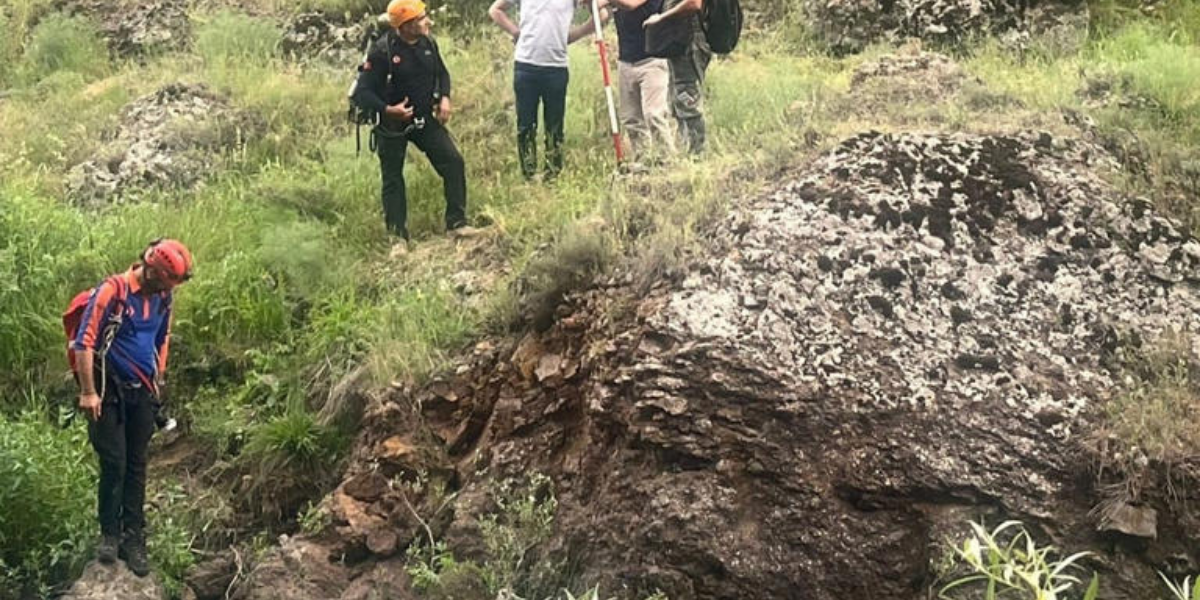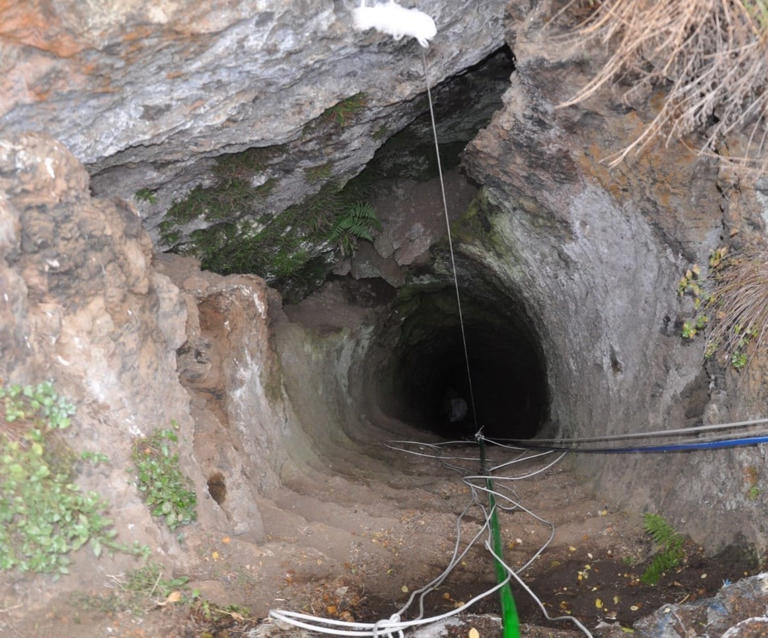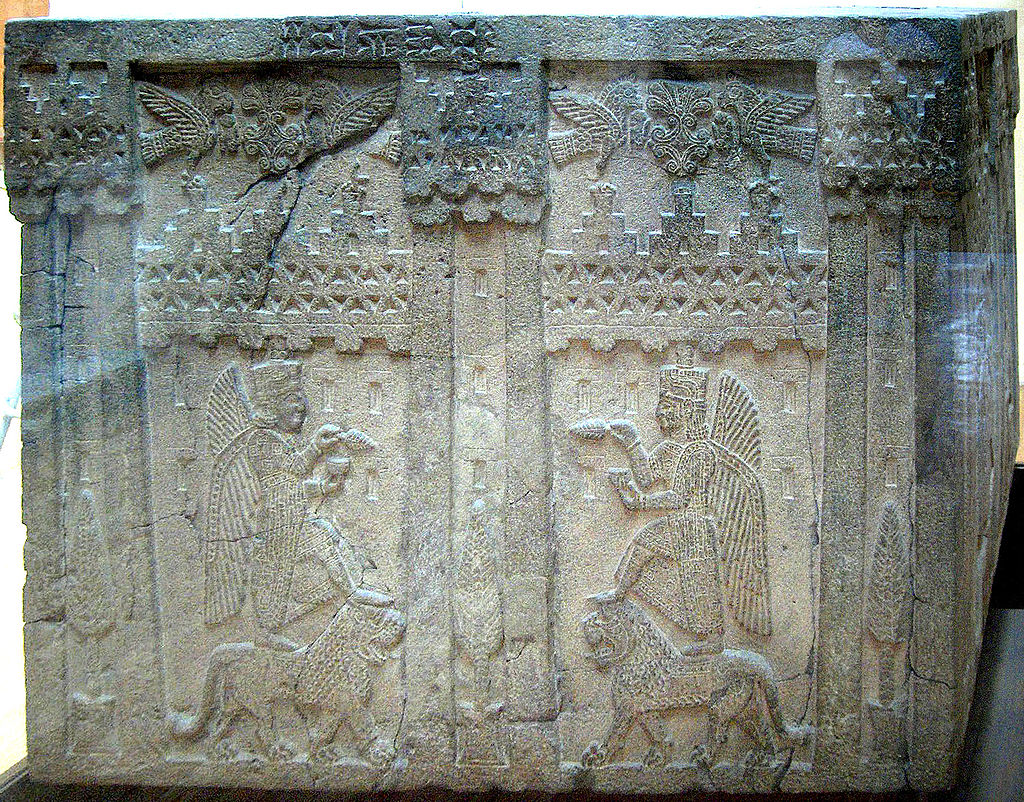
Urartian water cistern revealed at the site of illegal excavation
The site of illegal excavation in the eastern Turkish province of Tunceli turned out to be an Urartian water cistern.
In 2014, people who illegally excavated in the Kalecik Taşı area of Erencik Gorge in Közlüce village in Pülümür district of Tunceli were taken to court.
Pülümür Criminal Court of First Instance requested a discovery in the area of illegal excavation.

According to the news in IHA, during the examinations of the technical expert committee from Erzurum Atatürk University, it was determined that the area where illegal excavation was carried out was not a natural structure, the area was a water cistern belonging to the Urartian period, it was possible to descend to a depth of about 250 meters with steps carved into the rock, after this distance, the cistern was filled with water, and the people who carried out illegal excavation damaged the nature and the structure with historical value.
The Urartians, about whose origins we have no information
The Urartians were a kingdom that ruled in Eastern Anatolia, the South Caucasus and Northwestern Iran from the 9th century BC to the 6th century BC. Their capital was Tuspa (Van) on the eastern shore of Lake Van.

The origins of the Urartians are unknown, but they are thought to be descendants of the Hurrian and Luwian peoples. In the 9th century BC, they established a kingdom union called the Nairi, which eventually evolved into the Kingdom of Urartu. The kingdom reached its heyday in the 8th and 7th centuries BC, when it dominated most of what is now Eastern Anatolia, northwestern Iran and the Aras Valley.
The Urartians withdrew from the stage of history after 600 BC, unable to withstand the increasing Median attacks.
Cover Photo: IHA
You may also like
- A 1700-year-old statue of Pan unearthed during the excavations at Polyeuktos in İstanbul
- The granary was found in the ancient city of Sebaste, founded by the first Roman emperor Augustus
- Donalar Kale Kapı Rock Tomb or Donalar Rock Tomb
- Theater emerges as works continue in ancient city of Perinthos
- Urartian King Argishti’s bronze shield revealed the name of an unknown country
- The religious center of Lycia, the ancient city of Letoon
- Who were the Luwians?
- A new study brings a fresh perspective on the Anatolian origin of the Indo-European languages
- Perhaps the oldest thermal treatment center in the world, which has been in continuous use for 2000 years -Basilica Therma Roman Bath or King’s Daughter-
- The largest synagogue of the ancient world, located in the ancient city of Sardis, is being restored











Leave a Reply